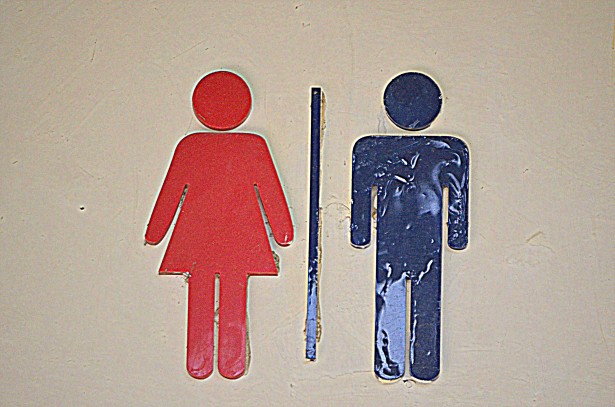Transgender Health Experts Contradict Themselves in New Publication
 A leading medical journal published its first series on transgender health and reveals what appear to be major contradictions.
A leading medical journal published its first series on transgender health and reveals what appear to be major contradictions.
On the one hand the journal argues there is nothing medically wrong with transgenderism. On the other hand, it argues transgenderism is a condition that requires medical attention, setting up transgenderism as the first non-medical condition that requires a medical intervention.
The World Health Organization (WHO) will likely revisit its diagnostic manual in 2018, moving gender identity issues from the chapter on “mental and behavioral disorders” to a new chapter on “conditions related to sexual health” using the term “gender incongruence.”
The revision would be the latest step in a series of changes in how the mental health field views gender identity. In 2013, the latest edition of the American Psychiatric Association’s diagnostic manual (DSM-5) reclassified “gender identity disorder” as “gender dysphoria.” This was seen as normalizing transgender identity by shifting the focus from gender identity to the distress associated with living in a body that does not match one’s perceived gender.
But, according to the authors of one of the articles published in The Lancet, “gender dysphoria” still imparts stigma since “the diagnosis remains one of mental disorder.”
In an interview with Mother Jones, the article’s lead author and sexology professor Sam Winter pointed out that diagnoses enable transgender persons to access drugs and other therapies. The article raised but did not answer the question about why, if being transgender is not a disorder, it requires so much therapy.
The Lancet series describes “gender-affirming health care,” which could also be characterized as medical interventions intended to conceal the patient’s natural sex, including hormone therapy, puberty suppressants for adolescents, and surgery to remove breasts in women and penises in men. The authors insist that such interventions should be included within public, taxpayer-funded health care systems.
They base these claims in part on international human rights documents and expert bodies that deplore gender stereotypes. When delivering “gender-affirming” services, however, the Lancet authors assert that transgender people should adhere to such stereotypes: “The importance of clothing style, deportment, and presentation cannot be overestimated…[i]nput from an image consultant can be beneficial for individuals undergoing transition”.
An editorial co-authored by Lancet editor Richard Horton states, “We must respect, support, and protect individual choice.” Yet the authors of his series consistently take a hard position against the voluntary use of conversion or reparative therapies: “Governments should endeavor to eliminate gender reparative therapies for children, adolescents, or adults in their jurisdiction.” The justification they offered for this position is self-referential: “Mainstream professional opinion judges these therapies unethical.”
The most controversial aspect of the WHO’s proposed changes to its manual involves creating a separate classification for “gender incongruence” among prepubescent children. Such a diagnosis could pave the way to a permanent “solution” to what is typically a temporary problem. Johns Hopkins psychiatrist Paul McHugh writes that some 80% of children with gender identity issues outgrow them.
The authors of the series, including Winter, “urge caution about the [WHO’s] proposal for a diagnosis for children below puberty” and “join others in urging WHO to reconsider its proposal.”

